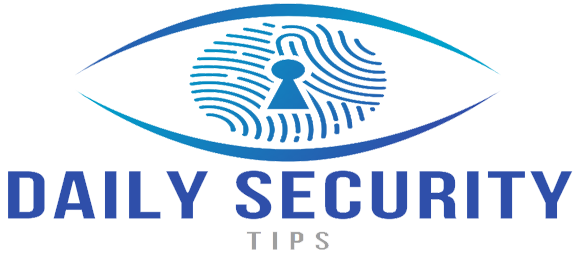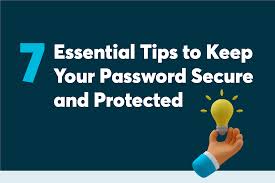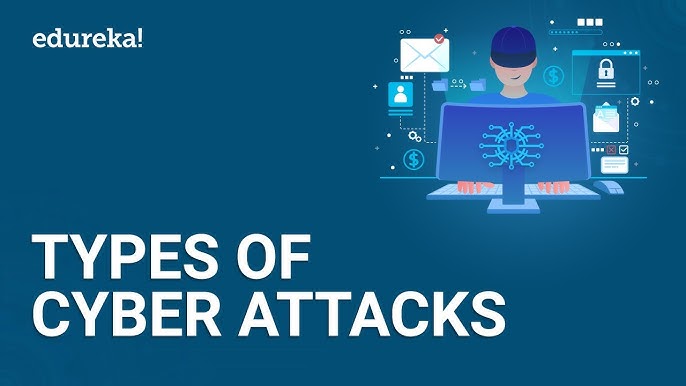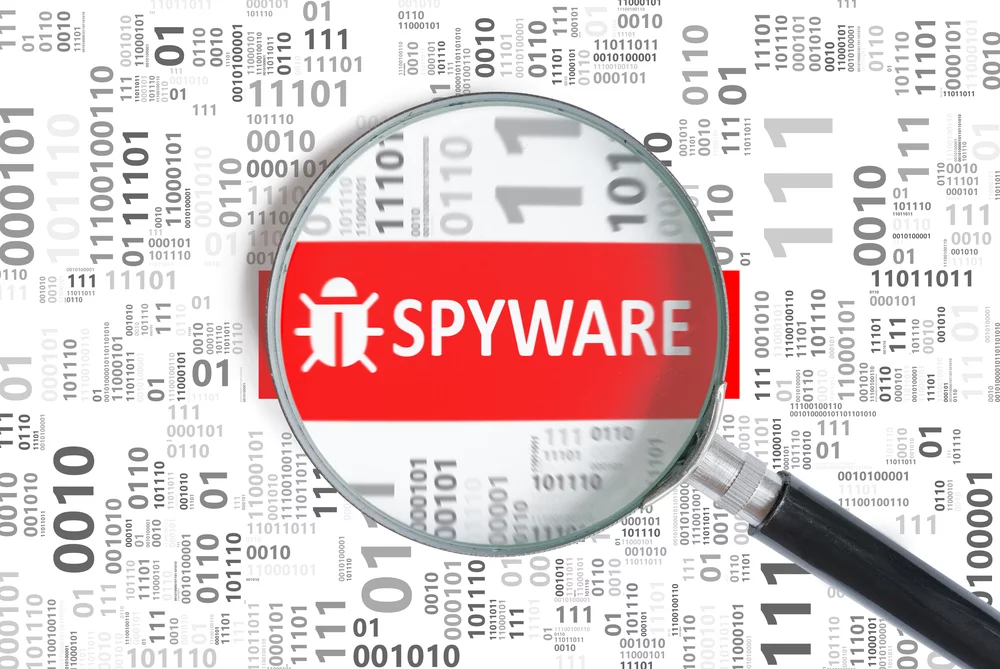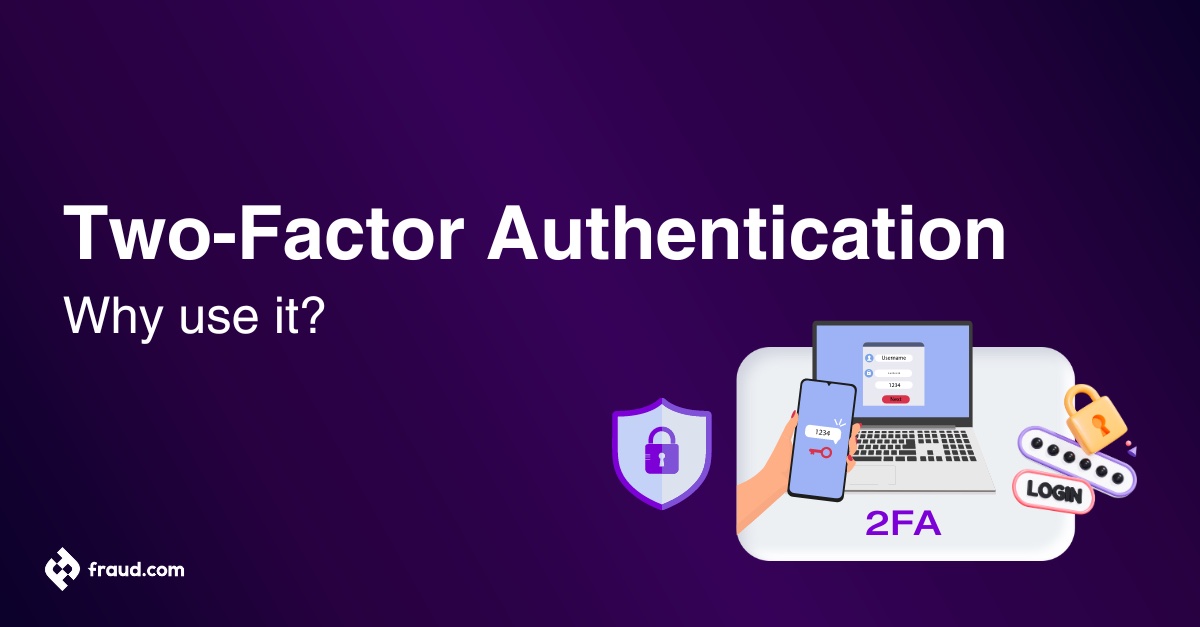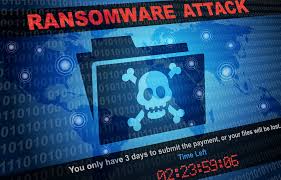In today’s digital age, safeguarding your online presence is more crucial than ever. With cyber threats lurking around every corner, having a strong password isn’t just an option—it’s a necessity. Think about it: your passwords are the keys to your virtual world. They protect everything from personal emails to financial accounts, making them prime targets for hackers.
But how many of us truly understand what it takes to create and maintain robust passwords? Are you still using that same old password from college or relying on easily guessable combinations? It’s time to rethink our approach. This guide will dive into essential tips that not only strengthen your passwords but also enhance your overall online security. Let’s unlock the secrets of effective password management together!
The Importance of Strong Passwords

Strong passwords serve as the first line of defense against unauthorized access. They are critical in protecting sensitive personal information and securing online accounts.
Every day, cybercriminals employ sophisticated methods to breach weak passwords. A simple password can be cracked in seconds with modern technology, putting your data at risk.
Think about the number of services you use that require login credentials. From social media to banking, each account is a potential target. A strong password acts like a fortified door—keeping intruders out and providing peace of mind.
Moreover, using unique passwords for different accounts prevents a single breach from compromising all your information. When one site gets hacked, having varied security measures ensures that other aspects of your digital life remain safe.
In an era where identity theft is rampant, prioritizing strong passwords is not just smart; it’s essential for safeguarding your online security.
Common Password Mistakes to Avoid

Many people underestimate the importance of a secure password. A common mistake is using easily guessable information, like birthdays or pet names. This makes it easier for attackers to infiltrate your accounts.
Reusing passwords across multiple sites is another frequent error. If one site gets compromised, all your accounts linked to that password become vulnerable.
Some users opt for overly simplistic passwords, thinking they’re safe enough because they change them often. However, even simple sequences can be cracked quickly by automated tools.
Storing passwords in plain text or writing them down carelessly also poses significant risks. It’s better to use a reputable password manager than keep an unsecured list.
Reluctance to update passwords regularly leaves you exposed over time. Staying proactive about changing and creating strong credentials strengthens your online security posture significantly.
Creating a Secure Password: Dos and Don’ts

Creating a secure password is essential for protecting your online accounts. Start with a mix of upper and lowercase letters, numbers, and special characters. This combination makes it harder for hackers to guess.
Avoid using personal information like birthdays or names. These are often easy targets for cybercriminals who may know you or gather details from social media.
Length matters too; aim for at least 12 characters. Longer passwords provide an additional layer of security that short ones simply can’t match.
Don’t reuse passwords across multiple sites. If one account gets compromised, all associated accounts are at risk as well.
Consider using a passphrase made up of random words connected by spaces or symbols. They’re easier to remember but still tough to crack when done right.
Steer clear of predictable patterns like “123456” or “password.” Such choices undermine your efforts in achieving better online security.
Utilizing Two-Factor Authentication for Extra Security
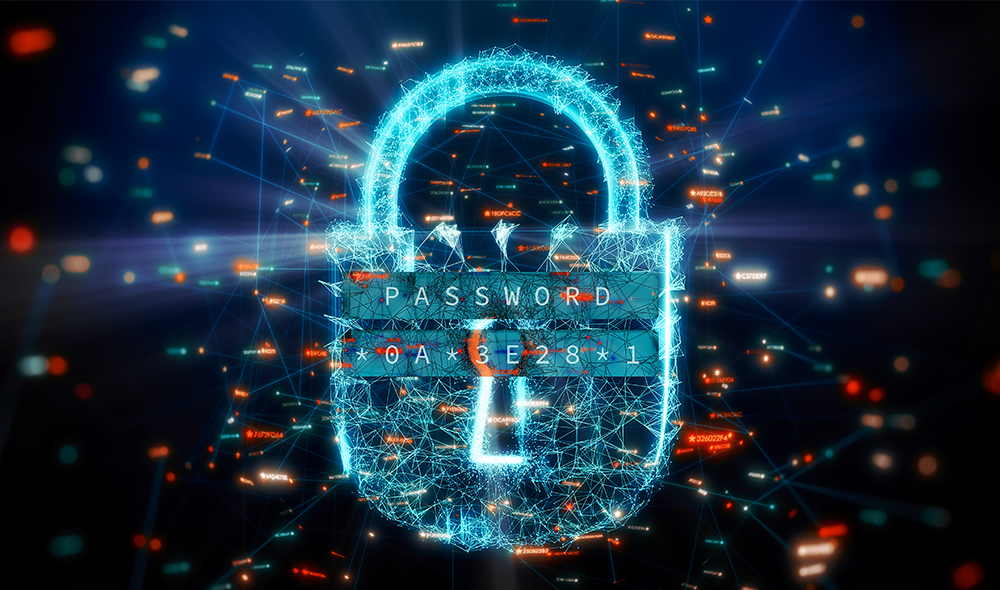
Two-factor authentication (2FA) adds an extra layer of protection to your online accounts. Instead of relying solely on a password, it requires something you have in addition to what you know.
This could be a text message with a code sent to your phone or an authenticator app generating temporary passwords. Even if someone gets hold of your password, they’ll still need that second factor to gain access.
Many services now offer 2FA as standard fare. Enabling this feature is often just a few clicks away in your account settings.
Don’t overlook the power of 2FA—it’s one simple step toward better online security. This tiny barrier can deter many cybercriminals who seek easy targets. Embrace it; keep those pesky hackers at bay!
Managing and Storing Your Passwords Safely
Managing your passwords safely is crucial for maintaining better online security. One effective method is to use a password manager. These tools securely store all your passwords in one place, requiring only one master password to access everything.
If you choose not to use a password manager, consider creating a secure document that’s encrypted and stored offline. This ensures that even if someone gains access to your computer, they can’t easily find your sensitive information.
Avoid writing down passwords on sticky notes or paper that could be seen by others. Instead, aim for unique phrases or word combinations that are easy for you to remember but hard for others to guess.
Regularly audit the accounts linked to your email and remove any unnecessary ones. Keeping track of which services you’ve signed up for helps streamline future password management efforts while enhancing overall security.
Updating and Changing Your Passwords Regularly
Regularly updating your passwords is a crucial step in maintaining better online security. Cyber threats are constantly evolving, and so should your defenses. A stagnant password can become an easy target for hackers.
Set a schedule to change your passwords every few months. This practice minimizes the risk of unauthorized access, especially if you suspect any breaches or unusual activity on your accounts.
When changing passwords, avoid reusing previous ones. Each new password should be unique and complex to add an extra layer of protection. Consider incorporating numbers, symbols, and varying capitalizations.
Don’t just focus on critical accounts; apply this habit across all platforms—social media, banking, email services—all deserve strong attention when it comes to security practices. By staying proactive with updates, you significantly enhance the odds of keeping unwanted intruders at bay while protecting sensitive information effectively.
Conclusion: Protecting Your Online Identity with Strong Password Practices
To safeguard your online identity, adopting strong password practices is essential. A robust password acts as the first line of defense against cyber threats. By avoiding common mistakes and adhering to best practices for creating secure passwords, you significantly reduce your risk of falling victim to hacking attempts.
Utilizing two-factor authentication adds an extra layer of security that can be a game-changer. Managing and storing passwords safely ensures that they remain confidential and protected from unauthorized access. Regularly updating your passwords keeps them fresh and less vulnerable to breaches.
As the digital landscape evolves, so too does the importance of maintaining effective online security measures. A proactive approach towards password management empowers you to defend yourself in this ever-changing environment. Prioritizing these strategies will help fortify your online presence and protect what matters most—your personal information and privacy.
